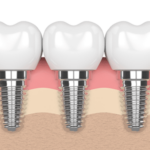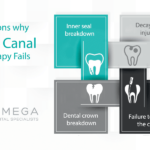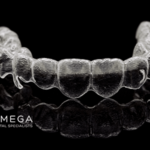Recent Posts
Dental Bone Graft Cost, Materials and Procedure
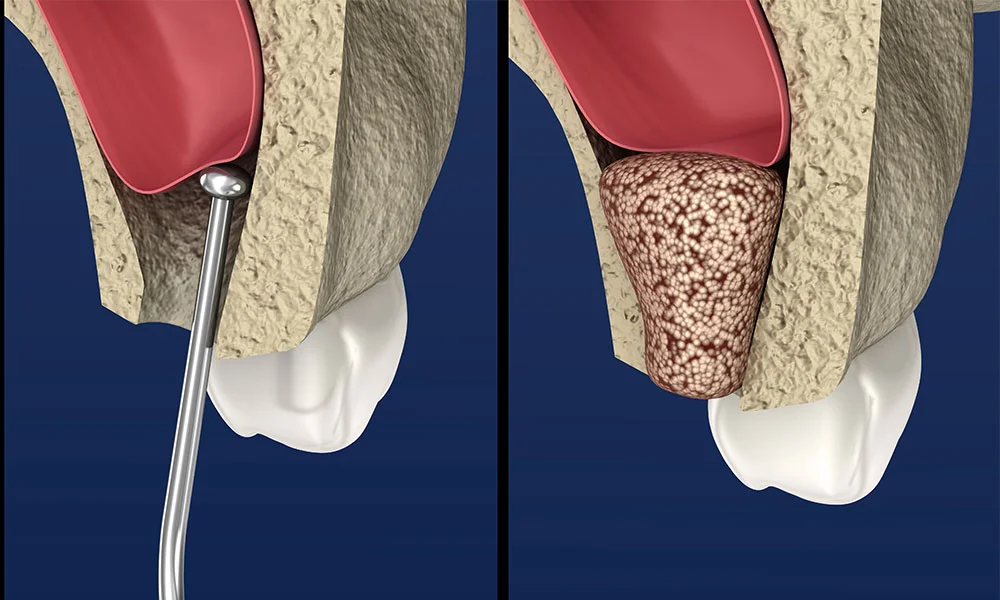
Table of Contents
Bone Graft Cost
Dental bone graft costs can vary substantially depending on the case and the condition of the patient’s jawbone. The typical costs associated with simple bone grafting for dental purposes using synthetic bone can cost between $300 and $800 for a single implant area. When a bone graft procedure is performed using the patient’s bone material sourced from various parts of the body, hospitalization is required thereby increasing the cost. A grafting procedure of this nature also requires an orthopedic surgeon and an anesthesiologist resulting in a dental bone graft cost of between $2500 and $3500. Keep in mind that these are just general estimates that can fluctuate depending on many variables and factors. Finally, patients should consider the type of insurance that they carry and what is covered by their insurance such as dental implant procedures or bone grafting. Each insurance provider is different in this regard.
There are several types of additional costs that can be incurred when planning for dental bone grafting. This includes full mouth x-rays, CT scans, and other similar types of procedures. These can each increase the cost of a typical bone graft by up to $250-$1000.
What is A Dental Bone Graft?
Sometimes the patient doesn’t have enough bone mass needed for the dental implant procedure. In short, the jawbone must have sufficient bone material to accept a dental implant. This is most usually a factor when implants are being used for tooth restoration after an extraction. Dental bone grafting technology and procedures allow for very high success rates in placing dental implants. A solid and secure foundation ensures a much higher success rate when implants are used to replace missing teeth. When bone grafting is required the dental care provider will examine the jawbone to check for several unique characteristics. This includes jaw height as well as jaw width. The correct overall jaw dimensions must also exist to accommodate a dental implant.
What bone is used for dental bone graft?
The bone needed to accomplish a dental bone graft or augmentation typically comes from four primary sources.
Autograft Bone
In many instances, the patient’s bone is extracted directly from different parts of the body to accomplish a bone grafting procedure. This is considered to be highly effective and safe because it is coming directly from the patient’s own body. As a consequence, this type of bone material easily combines with the jawbone with virtually no tissue rejection. Bone can be sourced from the hip, jaw, and chin or even from bone found within the knee. Once the bone has been extracted, it is minimally shaped to suit the desired target area within the jaw. This is considered one of the more expensive options, as it requires two separate surgical procedures. The bone must first be extracted and then it is grafted.
Allografts Bone
Another option for patients is that of grafting material sourced from a human cadaver bone. This is frequently used in bone augmentation and is available from various types of trusted tissue banks located across the country. This type of bone is typically freeze-dried and sterilized to properly preserve the material. This option is considered safe and more affordable for many patients.
Xenografts Bone
Bone sourced from animals such as cows is considered the most widely used type of bone augmentation material for dental implant purposes. The main advantage of using animal bone sourced from cows is that the bone integrates surprisingly well with human bone and results in few if any complications. Cow bone is freeze-dried and processed much in the same way as bone processed from a human cadaver. As a note, animal bone is always carefully cleaned and sterilized to ensure the highest levels of safety.
Alloplastic grafts
Another option is something known as synthetic bone grafting material. This type of material is a type of mineral bone substitute that has been shown to fuse with a human bone effectively and reliably.
These are the four primary types of materials that are used with bone grafting required for different types of dental bone augmentation procedures. Generally speaking, the most effective type of bone grafting material is clearly the patient’s bone, followed by freeze-dried human bone sourced from tissue banks. The next most effective type of augmentation material is processed animal bone followed lastly by synthetic type bone material or mineral bone substitute. Talk with your dental care provider to determine which type of material will suit your dental needs the best.
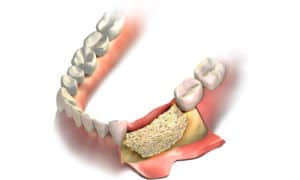
Dental Bone Grafting Procedure
In most cases, the first step in having dental bone grafting procedures completed involves some level of preparation. The patient typically requires x-rays as a way to inspect the jawbone. Some cases also require a CT scan that is a more detailed 3-D x-ray. The next step is to decide the type of bone grafting procedure that will be best suited for the patient. The choices include the socket graft or alveolar ridge preservation graft, the sinus grafting or sinus lift as well as the block bone grafting procedure. In some cases, a combination of more than one type of procedure may be necessary. Each of these procedures can be explored in more detail with your dental care provider.
Once the source of the bone grafting material has been decided upon, the next step is to plan and prepare for the actual procedure. Then when the procedure begins the dentist will fill in the target area with the selected dental bone grafting material. Once this has been accomplished the bone will begin to heal, and remodeling begins to take place. Amazingly, over time the body will replace the grafted bone material with its bone. The grafted bone material acts as a type of placeholder giving the body time to naturally fill and heal the target area.
Frequently Asked Questions About Bone Grafting
1. How Long Does It Take to Recover From a Dental Bone Graft?
The initial recovery is the same as tooth extraction, usually in two or three days. Full recovery from a dental bone graft is essential before the next step, installing the implants, can move forward. Recovery time frames vary per individual patient, but most report that it takes them from four to six months provided all postoperative directions have been followed. Failure to properly care for the surgical site may result in infection.
2. What Are Some Signs of a Failed Dental Bone Graft?
One of the first signs of a failed dental bone graft is an infection, so be sure to contact your dental care provider immediately if you notice an unusual pain or swelling in the area. Your dentist will need to x-ray the area to determine if the graft has been damaged to the extent that it’s no longer appropriate for implant installation. Conditions that can cause you to be at high risk of failed bone grafts include diabetes and smoking
3. Can a Bone Graft and Implant Be Done at the Same Time?
Bone grafting and implant installation can occasionally occur at the same time when the need for bone grafting is minimal. Otherwise, the bone graft will have to grow for several months before it will be able to properly support implants.
4. Do Bone Grafts Hurt?
Bone grafts are performed on an outpatient basis while the patient is under sedation, and the great majority of patients report feeling no pain whatsoever — any associated pain usually happens if the grafts become infected at some point during the recovery process, but proper aftercare should help keep this from happening.
5. Is It Necessary to Have Dental Bone Grafts?
Those who don’t have enough bone tissue in their jaw area need bone grafting to ensure that the implants have enough bone material for the implants to be successful. Bone loss occurs for a variety of reasons, including gum disease, persistent grinding and clenching of teeth, and tooth loss. Once a tooth is lost, the surrounding bone material begins to rapidly deteriorate immediately. Since it can’t be regenerated, bone grafts may be necessary for some patients to make implants a possibility.
6. Is It Safe to Have Bone Grafts?
Bone grafting is perfectly safe for the vast majority of patients, particularly since bone tissue available from donor banks are carefully scrutinized to ensure that available bone tissue is free from any and all communicable diseases, and donors themselves go through a comprehensive screen process. All blood is completely removed from donor blood tissue before use, and tissue is tested for sterility.
Some patients may also opt to use bone tissue taken from parts of their bodies. Although this is a viable option for individuals who are in good overall health, those who go this route can count on adding a couple of days in the hospital for the surgery necessary to harvest the bone tissue and associated recovery time.
Another grafting option is something called an autograft, which is the patient’s own bone material that has been ground up using specialized equipment. Be sure to ask your dentist about this procedure, especially if you’ll be having some of your own teeth extracted.
7. Do Most Dental Insurance Plans Cover Bone Grafting?
Although most dental insurance policies don’t cover the cost of dental implants, they may cover part of the cost of bone grafts provided they have been deemed medically necessary. It’s also possible that the cost of the implants may be covered by a general medical insurance policy in cases where the graft was necessary because of an accident or other medical condition that isn’t dental in nature. It also may be covered by both general and dental insurance policies in the event that your ability to eat has become severely compromised due to bone loss.
Your insurance policy should be able to tell you whether your bone graft procedure is covered. Please feel free to ask us about available financing plans.
8. Is Bone Grafting Necessary After Tooth Extraction?
As mentioned previously, bone tissue loss begins immediately following tooth extraction. In most cases, your dentist will perform a socket preservation graft at the time of the extraction to help preserve the area for implant installation in the future and to reduce the chances of requiring a more complex grafting procedure before the implants can be installed.
9. Can You Get Dental Implants With Bone Loss?
Thanks to advances in dental technology, those with significant bone loss can have dental implants as long as the patient is a good candidate for bone grafting. Fortunately, as long as you’re in good general health, you’ll be able to have a bone grafting procedure. Without bone grafting, those with significant bone loss in their jaw areas won’t be able to have implants installed.
10. Are You Put Under General Anesthesia for a Dental Bone Graft?
Whether you’ll receive local anesthesia or a general one that puts you completely under will depend on the extent of the procedure. Minor bone grafting generally involves only local anesthesia, while your oral surgeon may opt to use general anesthesia in more complex procedures.
11. How Do Bone Grafts Work?
Bone grafts work by supplying the necessary bone material to support dental implants. Implants are made from titanium alloy, which has superior biocompatibility with human bone tissue compared with other materials. There are several types of bone grafts available, including socket preservation grafts, lateral ridge preservation grafts, block bone grafts, and sinus lift procedures. Sinus lift grafts are used when patients need bone grafting performed in the upper jaw area. Your dentist will determine which grafting procedure is the right one for your specific dental needs.
See Also: Learn more about bone graft in dentistry at NCBI
December 09, 2021Dental Implant Cost & Care
October 04, 2021Full Mouth Dental Implants Cost and Procedure
September 16, 2021
Dental Bone Graft Cost, Materials and Procedure
June 15, 2021What is the average cost of Snap on?
May 27, 2021A Complete guide to Dental Implants Process and Timeline
May 10, 2021What Can You Do for Missing Teeth?
May 09, 2021What is The Cost of Single Tooth Implant?
January 17, 2021Do I Need Medical Clearance Before Dental Surgery?

